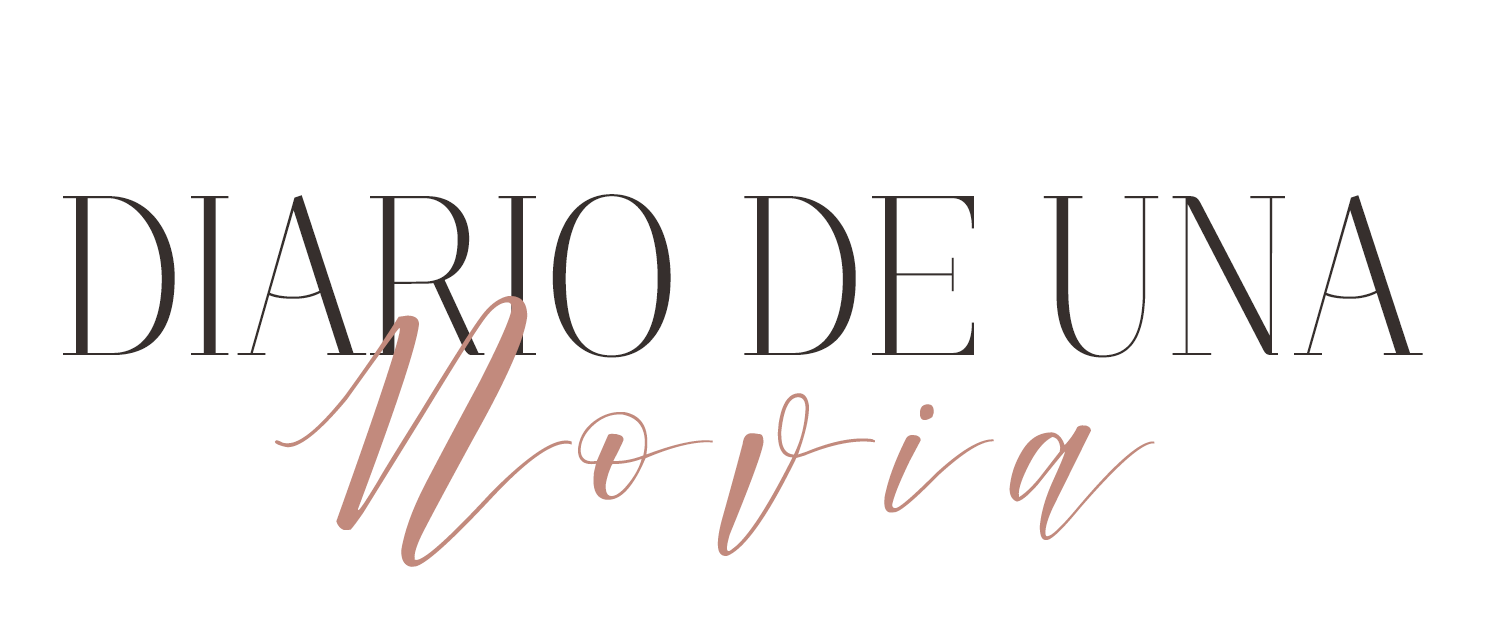Spain has become a sought-after destination for couples seeking a picturesque backdrop for their civil weddings. With its breathtaking landscapes, historic venues, and vibrant culture, the country offers a romantic setting that draws couples from all over the world. However, while the allure of a destination wedding in Spain lies in its natural beauty and charm, many couples are choosing to infuse their ceremonies with personal cultural and religious elements. This blend of tradition and modernity not only personalizes the event but also allows couples to honor their heritage in a meaningful way.
Jewish weddings are particularly rich in tradition and cultural significance, with each element designed to honor the couple, their families, and their faith. While many customs are universally recognized, Jewish communities around the world have developed unique practices that reflect their diverse cultural backgrounds. Here, we explore some of the fascinating Jewish wedding traditions from different regions, each adding its own flavor to the timeless celebration of love and commitment.
Traditional Shabbat Candlesticks: A Universal Symbol
While each Jewish community has its unique customs, certain elements are universally cherished, such as the traditional Shabbat candlesticks. These candlesticks hold significant meaning in Jewish homes, used to welcome the Sabbath every Friday evening. Gifting traditional Shabbat candlesticks to a bride and groom is a thoughtful gesture, symbolizing light, peace, and the establishment of a warm, spiritual home.

Ashkenazi Traditions
Badeken
In Ashkenazi Jewish weddings, the groom veils the bride just before the ceremony in a ritual called “Badeken.” This tradition symbolizes the groom’s commitment to marry her inner beauty and character, not just her physical appearance. It also echoes the biblical story of Jacob and Leah, ensuring the groom marries the correct bride.
Breaking of the Glass
One of the most widely recognized customs is the breaking of the glass at the end of the ceremony. The groom traditionally stomps on a glass wrapped in cloth, and the guests shout “Mazel Tov!” This act serves as a reminder of the destruction of the Temple in Jerusalem and signifies the couple’s commitment to stand by each other through hardship and joy.

Sephardic Traditions
Ketubah Signing
Sephardic Jews place a strong emphasis on the Ketubah, the marriage contract. The signing is a significant part of the ceremony, often accompanied by music and celebration. The Ketubah is typically ornate and beautifully decorated, serving as both a legal document and a work of art.
Henna Ceremony
In some Sephardic communities, a henna ceremony, known as “Hineni,” is held before the wedding. This event involves applying henna to the bride’s hands, symbolizing good luck, health, and fertility. The ceremony is a joyous occasion filled with singing, dancing, and traditional attire.
Mizrahi Traditions
Yemenite Wedding Rituals
Yemenite Jews have a distinct set of wedding customs, including a multi-day celebration. The bride and groom wear traditional, elaborate garments, and the bride’s dress is often adorned with intricate silver and gold jewelry. The community plays a vital role, with large gatherings and feasts marking each stage of the wedding process.
Torah Procession
In some Mizrahi weddings, a Torah procession is part of the ceremony. The groom carries a Torah scroll, symbolizing the couple’s commitment to the Jewish faith and its teachings. This tradition emphasizes the spiritual foundation of the marriage.
Ethiopian Traditions
Kiddushin and Sheva Brachot
Ethiopian Jewish weddings combine traditional Jewish practices with unique cultural elements. The “Kiddushin” (betrothal) and “Nisu’in” (marriage) ceremonies are performed under a chuppah. The recitation of the “Sheva Brachot” (seven blessings) is accompanied by traditional Ethiopian music and dance, celebrating the union with vibrant cultural expressions.
Coffee Ceremony
A distinct feature of Ethiopian Jewish weddings is the coffee ceremony, where the bride and groom serve coffee to their guests. This ritual symbolizes hospitality and the beginning of a new chapter in the couple’s life together.
Persian Traditions
Sofreh Aghd
In Persian Jewish weddings, the “Sofreh Aghd” is a central element. This ceremonial spread includes various symbolic items such as mirrors, candles, and spices, each representing different aspects of life and marriage. The couple sits before the Sofreh Aghd during the ceremony, surrounded by family and friends.

Honey Ritual
Another unique Persian custom is the honey ritual. After exchanging vows, the bride and groom dip their pinky fingers in honey and feed it to each other, symbolizing a sweet start to their married life. This gesture is accompanied by blessings and well-wishes from the guests.
Indian Traditions
Mehndi Ceremony
Similar to the henna ceremonies of other cultures, the Mehndi ceremony in Indian Jewish weddings involves intricate henna designs applied to the bride’s hands and feet. This pre-wedding celebration is filled with music, dancing, and vibrant decorations, showcasing the rich cultural heritage of the community.
Bedecken
In Indian Jewish weddings, the “Bedecken” ceremony involves covering the bride with a veil, symbolizing modesty and the sanctity of marriage. This tradition is followed by the “Huppah” ceremony, where the couple exchanges vows under a decorated canopy.
Jewish weddings around the world are a beautiful blend of tradition, culture, and faith. Each community adds its own unique touches to the celebration, creating a rich tapestry of customs that honor the past while celebrating the future. From the breaking of the glass in Ashkenazi weddings to the henna ceremonies of Sephardic and Indian Jews, these traditions reflect the diversity and unity of Jewish culture.
For those looking to purchase meaningful Judaica gifts for a Jewish wedding, including traditional Shabbat candlesticks, visit Nadav Art’s website – https://www.nadavart.com. Their exquisite collection of handcrafted Judaica items is perfect for commemorating this special occasion and ensuring that the bride and groom have cherished keepsakes to begin their new life together. Celebrate love and tradition with a beautiful gift from Nadav Art, where every piece is crafted with care and devotion.
